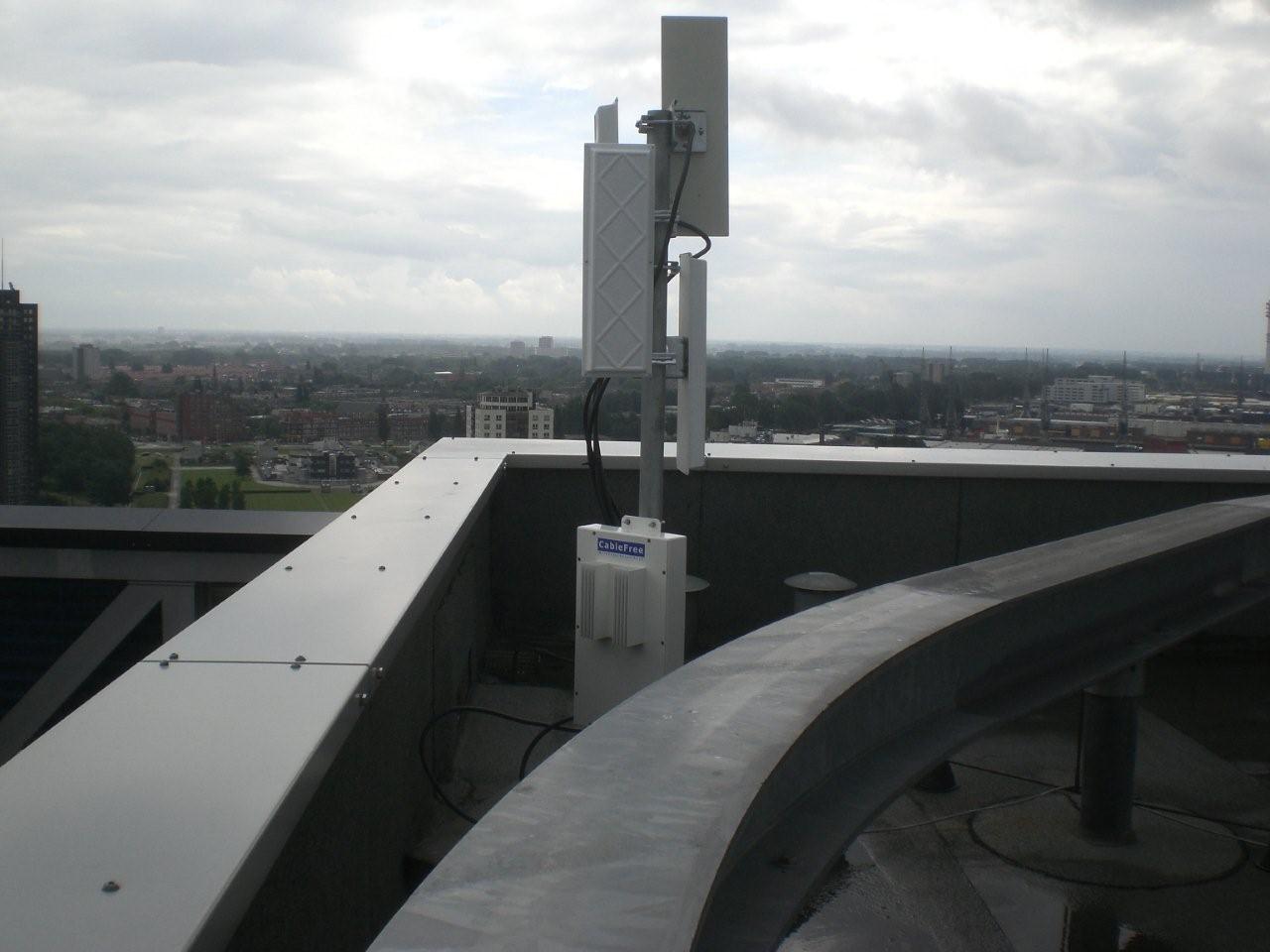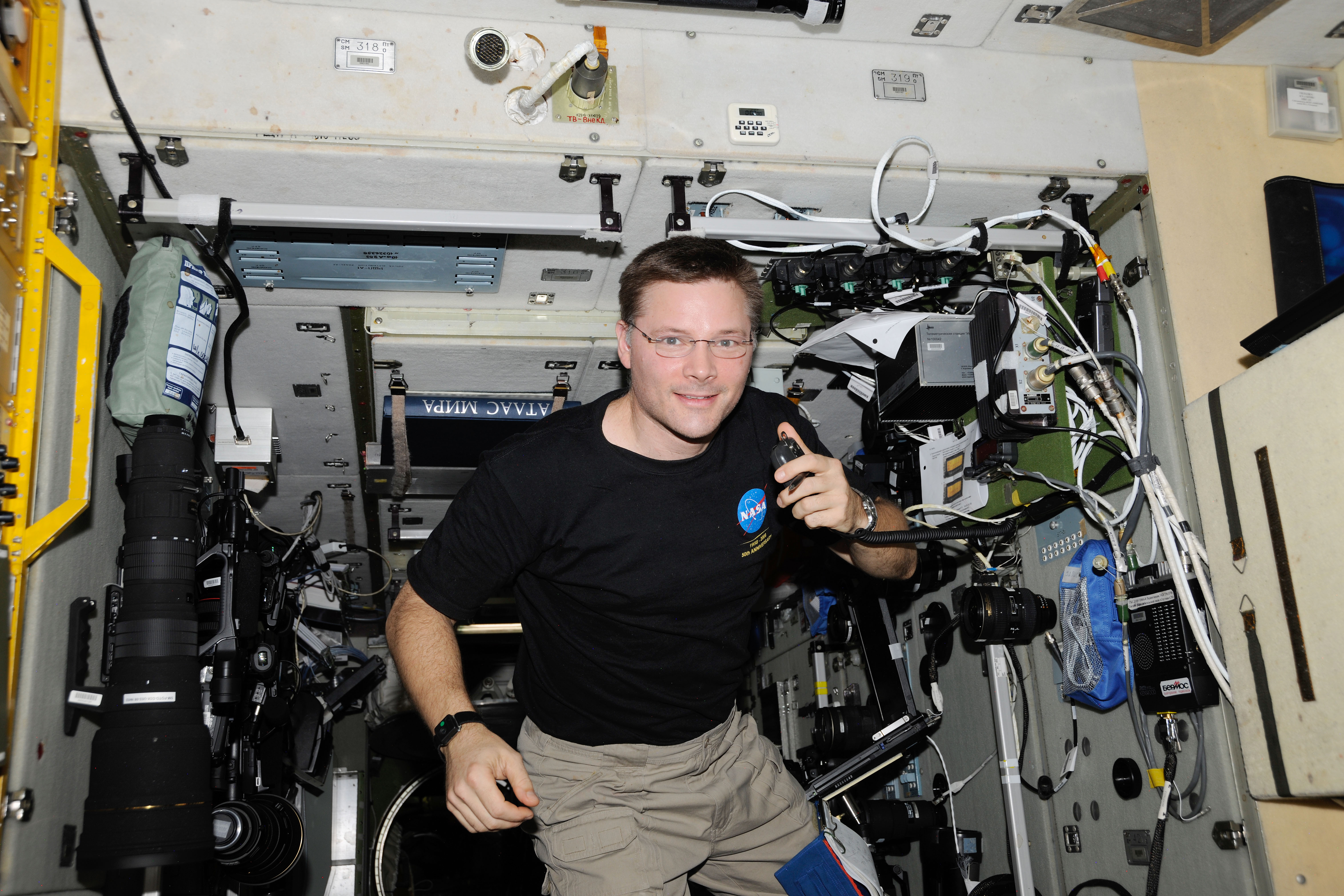|
Telecommunications Link
In a telecommunications network, a link is a communication channel that connects two or more devices for the purpose of data transmission. The link may be a dedicated physical link or a virtual circuit that uses one or more physical links or shares a physical link with other telecommunications links. A telecommunications link is generally based on one of several types of information transmission paths such as those provided by communication satellites, terrestrial radio communications infrastructure and computer networks to connect two or more points. The term ''link'' is widely used in computer networking to refer to the communications facilities that connect nodes of a network. Sometimes the communications facilities that provide the communication channel that constitutes a link are also included in the definition of ''link''. Types Point-to-point A point-to-point link is a dedicated link that connects exactly two communication facilities (e.g., two nodes of a networ ... [...More Info...] [...Related Items...] OR: [Wikipedia] [Google] [Baidu] |
Telecommunications Network
A telecommunications network is a group of Node (networking), nodes interconnected by telecommunications links that are used to exchange messages between the nodes. The links may use a variety of technologies based on the methodologies of circuit switching, message switching, or packet switching, to pass messages and signals. Multiple nodes may cooperate to pass the message from an originating node to the destination node, via multiple network hops. For this routing function, each node in the network is assigned a network address for identification and locating it on the network. The collection of addresses in the network is called the address space of the network. Examples of telecommunications networks include computer networks, the Internet, the public switched telephone network (PSTN), the global Telex network, the aeronautical ACARS network, and the wireless radio networks of cell phone telecommunication providers. Network structure this is the structure of network genera ... [...More Info...] [...Related Items...] OR: [Wikipedia] [Google] [Baidu] |
Point-to-multipoint Link
In telecommunications, point-to-multipoint communication (P2MP, PTMP or PMP) is communication which is accomplished via a distinct type of one-to-many connection, providing multiple paths from a single location to multiple locations. Point-to-multipoint telecommunications is typically used in wireless Internet and IP telephony via gigahertz radio frequencies. P2MP systems have been designed with and without a return channel from the multiple receivers. A central antenna or antenna array broadcasts to several receiving antennas and the system uses a form of time-division multiplexing to allow for the return channel traffic. Modern point-to-multipoint links In contemporary usage, the term point-to-multipoint wireless communications relates to fixed wireless data communications for Internet or voice over IP via radio or microwave frequencies in the gigahertz range. Point-to-multipoint is the most popular approach for wireless communications that have a large number of nod ... [...More Info...] [...Related Items...] OR: [Wikipedia] [Google] [Baidu] |
Network Core
A backbone or core network is a part of a computer network which interconnects networks, providing a path for the exchange of information between different LANs or subnetworks. A backbone can tie together diverse networks in the same building, in different buildings in a campus environment, or over wide areas. Normally, the backbone's capacity is greater than the networks connected to it. A large corporation that has many locations may have a backbone network that ties all of the locations together, for example, if a server cluster needs to be accessed by different departments of a company that are located at different geographical locations. The pieces of the network connections (for example: Ethernet, wireless) that bring these departments together is often mentioned as network backbone. Network congestion is often taken into consideration while designing backbones. One example of a backbone network is the Internet backbone. History The theory, design principles, and firs ... [...More Info...] [...Related Items...] OR: [Wikipedia] [Google] [Baidu] |
Data Communications Equipment
A data circuit-terminating equipment (DCE) is a device that sits between the data terminal equipment (DTE) and a data transmission circuit. It is also called data communication(s) equipment and data carrier equipment. Usually, the DTE device is the terminal (or computer), and the DCE is a modem. In a ''data station'', the DCE performs functions such as signal conversion, coding, and line clocking and may be a part of the DTE or intermediate equipment. Interfacing equipment may be required to couple the DTE into a transmission circuit or channel and from a transmission circuit or channel into the DTE. Usage Although the terms are most commonly used with RS-232, several data communication standards define different types of interfaces between a DCE and a DTE. The DCE is a device that communicates with a DTE device in these standards. Standards that use this nomenclature include: * Federal Standard 1037C, MIL-STD-188 * RS-232 * Certain ITU-T standards in the V series (notably ... [...More Info...] [...Related Items...] OR: [Wikipedia] [Google] [Baidu] |
Network And Switching Subsystem
Network switching subsystem (NSS) (or GSM core network) is the component of a GSM system that carries out call out and mobility management functions for mobile phones roaming on the network of base stations. It is owned and deployed by mobile phone operators and allows mobile devices to communicate with each other and telephones in the wider public switched telephone network (PSTN). The architecture contains specific features and functions which are needed because the phones are not fixed in one location. The NSS originally consisted of the circuit-switched core network, used for traditional GSM services such as voice calls, SMS, and circuit switched data calls. It was extended with an overlay architecture to provide packet-switched data services known as the GPRS core network. This allows GSM mobile phones to have access to services such as WAP, MMS and the Internet. Mobile switching center (MSC) Description The mobile switching center (MSC) is the primary service deliver ... [...More Info...] [...Related Items...] OR: [Wikipedia] [Google] [Baidu] |
Base Transceiver Station
A base transceiver station (BTS) or a baseband unit (BBU) is a piece of equipment that facilitates wireless communication between user equipment (UE) and a network. UEs are devices like mobile phone A mobile phone or cell phone is a portable telephone that allows users to make and receive calls over a radio frequency link while moving within a designated telephone service area, unlike fixed-location phones ( landline phones). This rad ...s (handsets), WLL phones, computers with wireless Internet connectivity, or antennas mounted on buildings or telecommunication towers. The network can be that of any of the wireless communication technologies like GSM, CDMA, wireless local loop, Wi-Fi, WiMAX or other wide area network (WAN) technology. BTS is a part of a '' base station'' (BS). Though the term BTS can be applicable to any of the wireless communication standards, it is generally associated with mobile communication technologies like GSM and CDMA. In this rega ... [...More Info...] [...Related Items...] OR: [Wikipedia] [Google] [Baidu] |
Mobile Station
A mobile station (MS) comprises all user equipment and software needed for communication with a mobile network. The term refers to the global system connected to the mobile network, i.e. a mobile phone or mobile computer connected using a mobile broadband adapter. This is the terminology of 2G systems like GSM. In 3G systems, a mobile station (MS) is now referred to as user equipment (UE). In GSM, a mobile station consists of four main components: * Mobile termination (MT) - offers common functions such as: radio transmission and handover, speech encoding and decoding, error detection and correction, signalling and access to the SIM. The IMEI code is attached to the MT. It is equivalent to the network termination of an ISDN access. * Terminal equipment (TE) - is any device connected to the MS offering services to the user. It does not contain any functions specific to GSM. * Terminal adapter (TA) - provides access to the MT as if it were an ISDN network termination ... [...More Info...] [...Related Items...] OR: [Wikipedia] [Google] [Baidu] |
High Altitude Platform Station
A high-altitude platform station (HAPS, which can also mean high-altitude pseudo-satellite or high-altitude platform systems), also known as atmospheric satellite, is a long endurance, high altitude aircraft able to offer observation or communication services similarly to artificial satellites. Mostly unmanned aerial vehicles (UAVs), they remain aloft through atmospheric lift, either aerodynamic like airplanes, or aerostatic like airships or balloons. High-altitude long endurance (HALE) military drones can fly above 60,000 ft (18,000 m) over 32 hours, while civil HAPS are radio stations at an altitude of 20 to 50 km above waypoints, for weeks. High-altitude, long endurance flight has been studied since at least 1983, and demonstrator programs since 1994. Hydrogen and solar power have been proposed as alternatives to conventional engines. Above commercial air transport and wind turbulence, at high altitudes, drag as well as lift are reduced. HAPS could be used f ... [...More Info...] [...Related Items...] OR: [Wikipedia] [Google] [Baidu] |
Space Radio System
Space radio system (also: ''space system'') is – according to ''article 1.110'' of the International Telecommunication Union's (ITU) ITU Radio Regulations (RR)ITU Radio Regulations, Section IV. Radio Stations and Systems – Article 1.110, definition: ''space radio system / space system'' – defined as «''Any group of cooperating earth stations and/or space stations A space station (or orbital station) is a spacecraft which remains in orbit and hosts humans for extended periods of time. It therefore is an artificial satellite featuring habitation facilities. The purpose of maintaining a space station vari ... employing space radiocommunication for specific purposes''.» Each ''system'' shall be classified by the ''service'' in which it operates permanently or temporarily. ;See also: References / sources International Telecommunication Union (ITU){{Radio station ITU Radio stations and systems ITU ... [...More Info...] [...Related Items...] OR: [Wikipedia] [Google] [Baidu] |
Space Radio Station
A space radio station (short: space station) is a radio station located on an object travelling beyond the major portion of the Earth's atmosphere.ITU Radio Regulations, Section IV. Radio Stations and Systems – Article 1.64, definition: ''space radio station / space station'' Each ''station'' shall be classified by the service in which it operates permanently or temporarily. However, most ''spacecraft A spacecraft is a vehicle that is designed spaceflight, to fly and operate in outer space. Spacecraft are used for a variety of purposes, including Telecommunications, communications, Earth observation satellite, Earth observation, Weather s ...'' communicate by this means. See also * Earth exploration-satellite service * Earth station References / sources International Telecommunication Union (ITU) {{Radio station ITU Radio stations and systems ITU ... [...More Info...] [...Related Items...] OR: [Wikipedia] [Google] [Baidu] |
Earth Station
A ground station, Earth station, or Earth terminal is a terrestrial radio station designed for extraplanetary telecommunication with spacecraft (constituting part of the ground segment of the spacecraft system), or reception of radio waves from astronomical radio sources. Ground stations may be located either on the surface of the Earth, or in its atmosphere. Earth stations communicate with spacecraft by transmitting and receiving radio waves in the super high frequency (SHF) or extremely high frequency (EHF) bands (e.g. microwaves). When a ground station successfully transmits radio waves to a spacecraft (or vice versa), it establishes a telecommunications link. A principal telecommunications device of the ground station is the parabolic antenna. Ground stations may have either a fixed or itinerant position. Article 1 § III of the International Telecommunication Union (ITU) Radio Regulations describes various types of stationary and mobile ground stations, and their inter ... [...More Info...] [...Related Items...] OR: [Wikipedia] [Google] [Baidu] |








